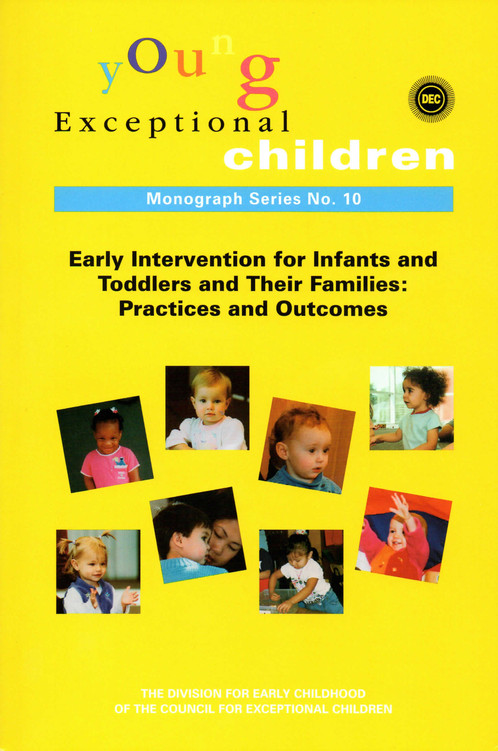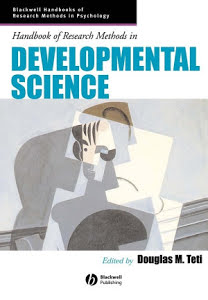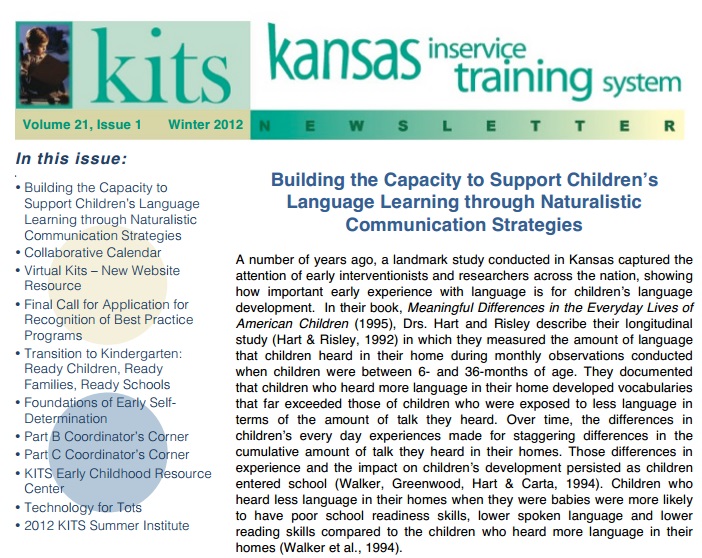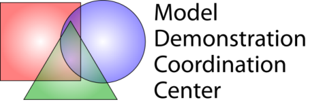Check out PC TALK Research in Action!
Walker, D. & Bigelow, K. (2020). Building capacity to support language and address the word gap for infants and young children. 2020 Virtual Kansas Home Visiting Conference.
This presentation (Video|PDF) includes:
- An overview of the Word Gap and our research at the University of Kansas, JGCP
- A description of the PC TALK language intervention
- Information about documenting impact of PC TALK with parents and early interventionists/educators
- A summary of efforts to engage communities to bridge the word gap
Bigelow, K., Walker, D., Jia, F., Irvin, D., & Turcotte, A. (2020). Text messaging as an enhancement to home visiting: Building parents’ capacity to improve child language-learning environments. Early Childhood Research Quarterly 51, 416-429.
The purpose of this study was to evaluate whether text messaging used as an enhancement to the Promoting Communication Tools for Advancing Language in Kids (PCTALK) intervention would result in improvements in parent engagement in a home visiting program, parent fidelity of use of the Promoting Communication (PC) strategies, and child language outcomes. A greater number of PC strategy-focused text messages and the total number of text messages sent were associated with increases in parent engagement and parent fidelity of implementation of the PC strategies. Text messaging had an indirect effect on child communication outcomes via parent fidelity. Social validity data and implications for practice from these findings are discussed.
Walker, D., Harjusola-Webb, S., Small, C., Bigelow, K., & Kirk, S.M. (2005). Forming research partnerships to promote communication of infants and young children in child care. Young Exceptional Children Monograph Series,6, 69 – 81.
This monograph article describes a model for a research partnership between researchers and early childhood educators in community-based child care and early education programs designed to increase the use of evidence-based strategies for promoting communication of infants and toddlers. Through a team approach that includes close collaboration and consultation, professional development activities are linked to program, teacher, child and family needs, and to progress toward communication outcomes.
Walker, D. Bigelow, K. Harjusola-Webb, S. (2008). Increasing communication and language-learning opportunities for infants and toddlers. Young Exceptional Children Monograph Series #10, 105-121.
This monograph article describes eight functional, evidence-based strategies that may be used by early childhood educators, interventionists, and parents to provide infants and toddlers with language-learning opportunities across their daily routines and activities.
Warren, S. F. and Walker, D. (2005). Fostering Early Communication and Language Development, in Handbook of Research Methods in Developmental Science (ed D.M. Teti), Blackwell Publishing Ltd, Oxford, UK. doi: 10.1002/9780470756676.ch13
In this chapter, we describe the framework of a developmental model of communication and language intervention that is emerging in the research literature. Second, we discuss in more depth two promising areas of early intervention research: fostering prelinguistic communication development in very young children with developmental delays and fostering language development in young children developmentally at-risk due to impoverished environments. We conclude with a discussion of future research directions.








